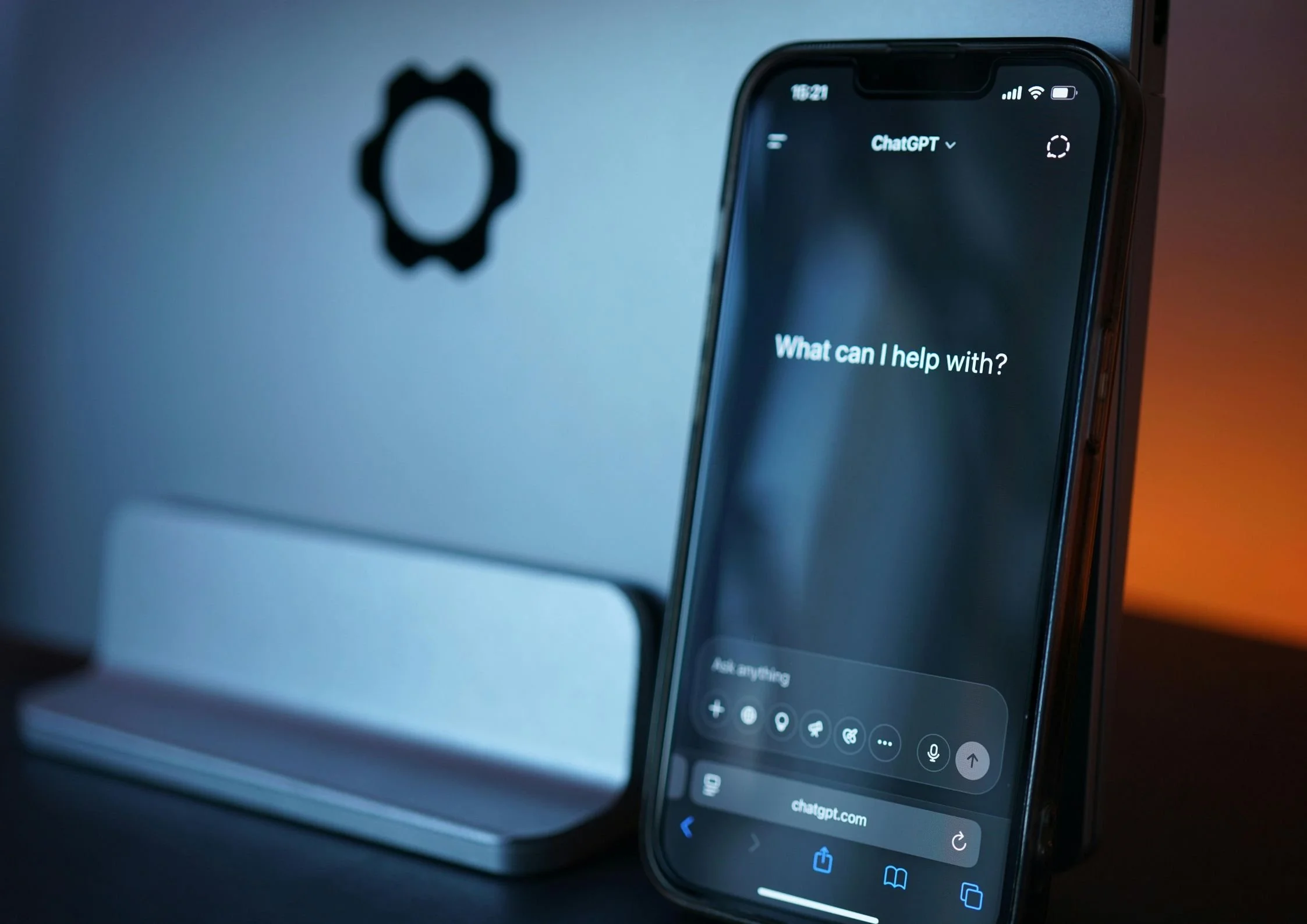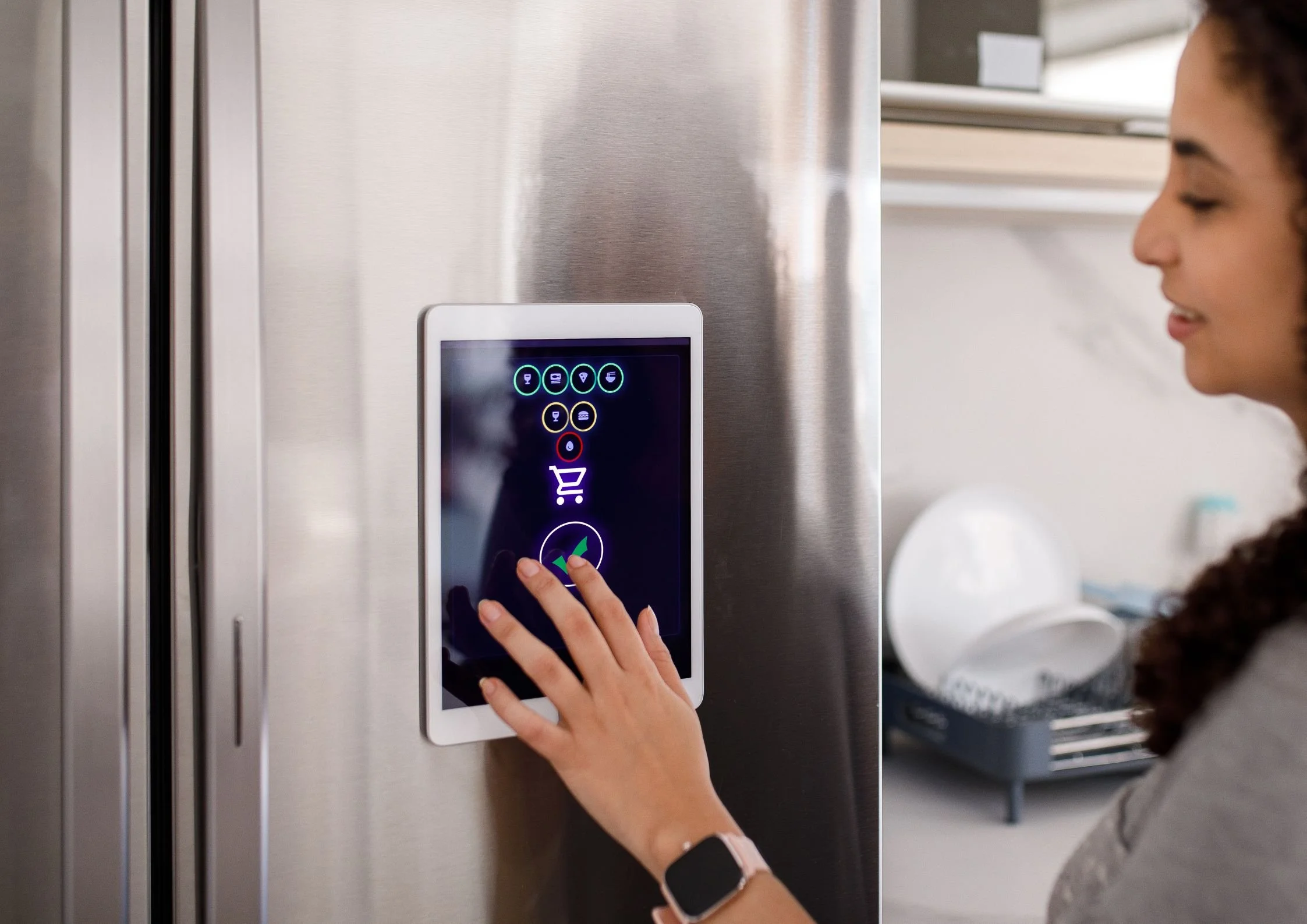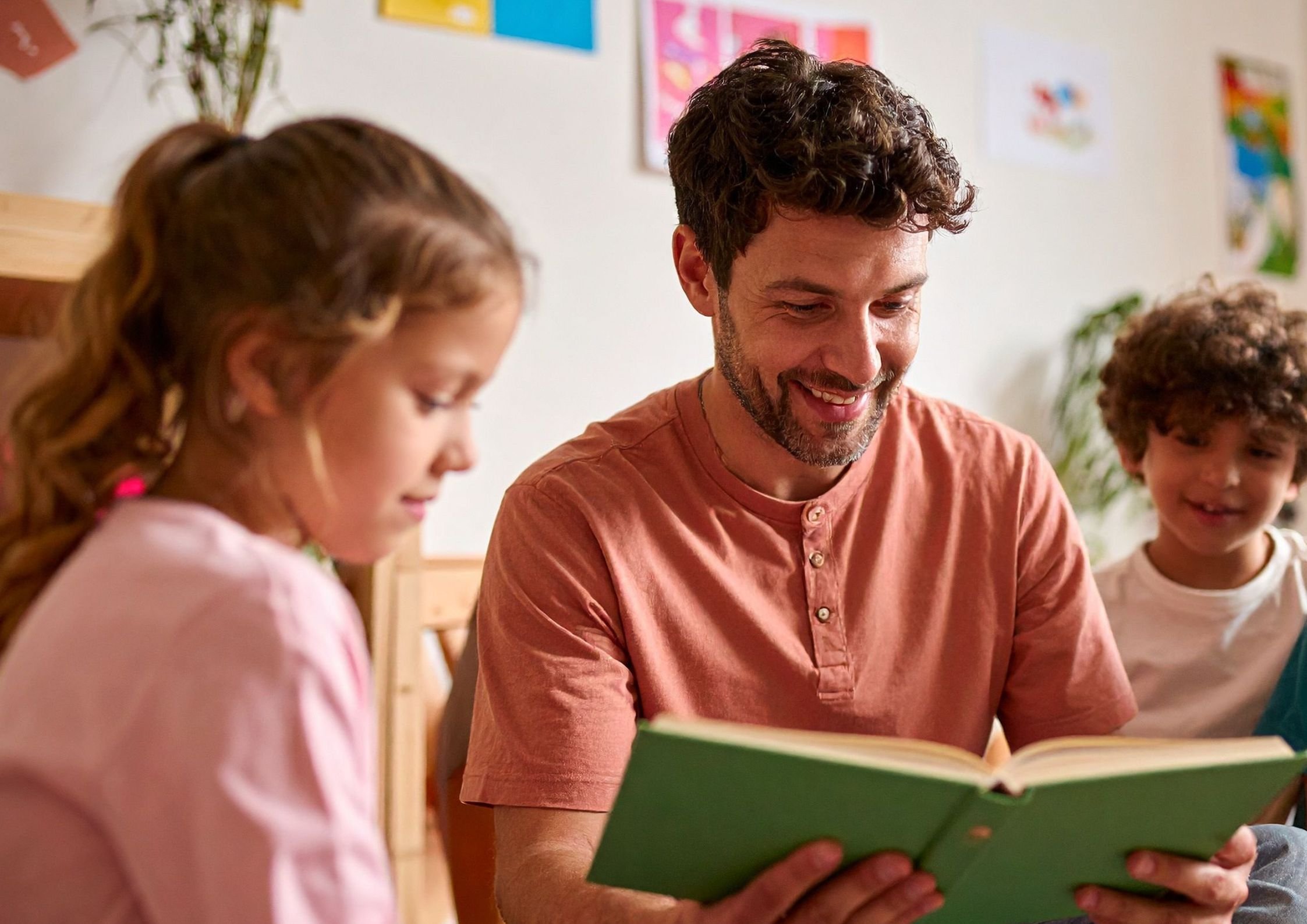OpenAI launches study mode in ChatGPT in ‘positive step’ toward effective AI use in learning
OpenAI has launched study mode for its popular large language model ChatGPT. Study mode aims to allow students to work through a problem step-by-step rather than giving a simple answer in response to questions.

Study mode is available from today for ChatGPT users with Free, Plus, Pro or Team accounts. OpenAI says it will also be made available on ChatGPT Edu in the “next few weeks”.
OpenAI claims ChatGPT is becoming “one of the most widely used learned tools in the world” and said its use has raised questions about supporting learning rather than simply offering quick answers to student questions.
Study mode aims to support “real learning” with interactive and engaging questions, helping students gain a better understanding instead of providing a finished answer.
OpenAI says the tool was built with support from teachers, scientists and pedagogical experts and should reflect the core behaviours of deeper learning: encouraging active participation, managing cognitive load, proactively developing metacognition and self reflection, fostering curiosity, and providing actionable and supportive feedback.
“Instead of doing the work for them, study mode encourages students to think critically about their learning,” explains Robbie Torney, Senior Director of AI Programs at Common Sense Media. “Features like these are a positive step toward effective AI use for learning. Even in the AI era, the best learning still happens when students are excited about and actively engaging with the lesson material.”
Study mode will be personalized to each user, based on questions that assess their skill level and memory of previous chats.
One college student, Maggie Wang, comments: “I put study mode to the test to tutor me on a concept I have attempted to learn many times before: sinusoidal positional encodings. It was like a tutor who doesn’t get tired of my questions. After a three hour working session, I finally understood it well enough to feel confident.”




















